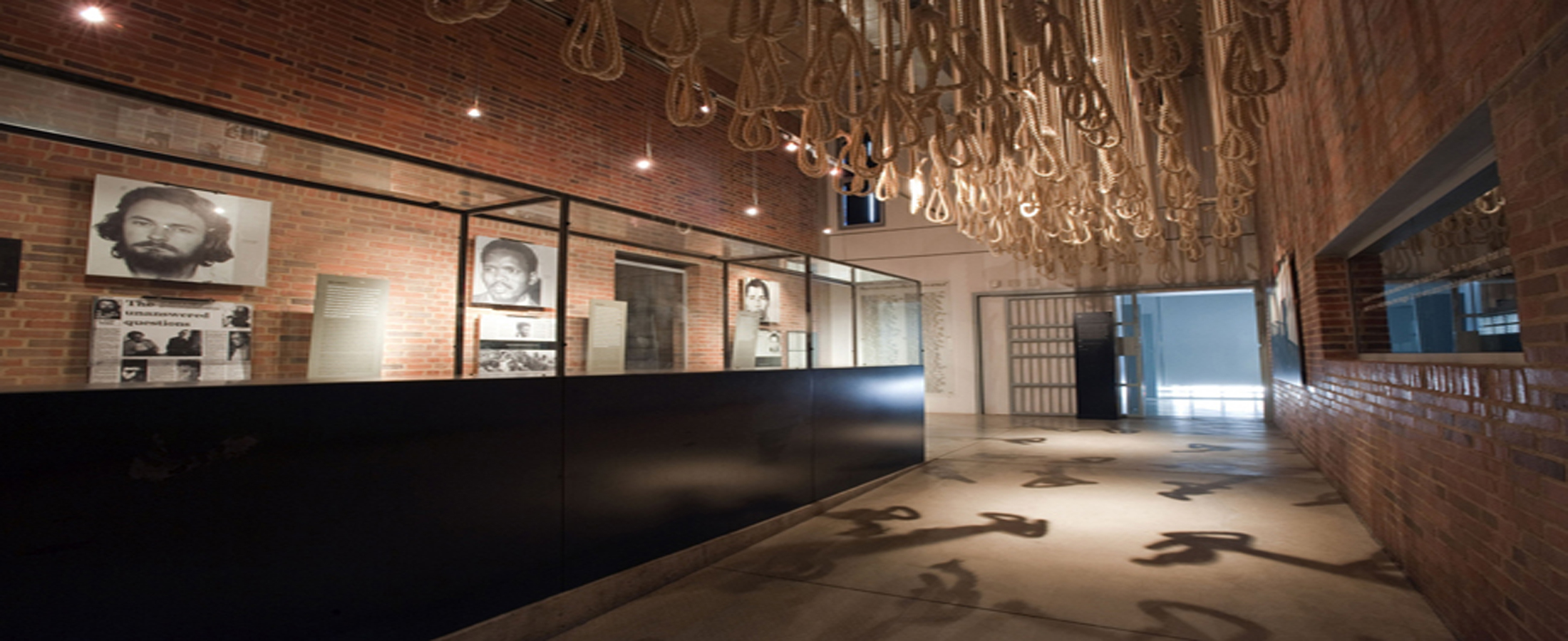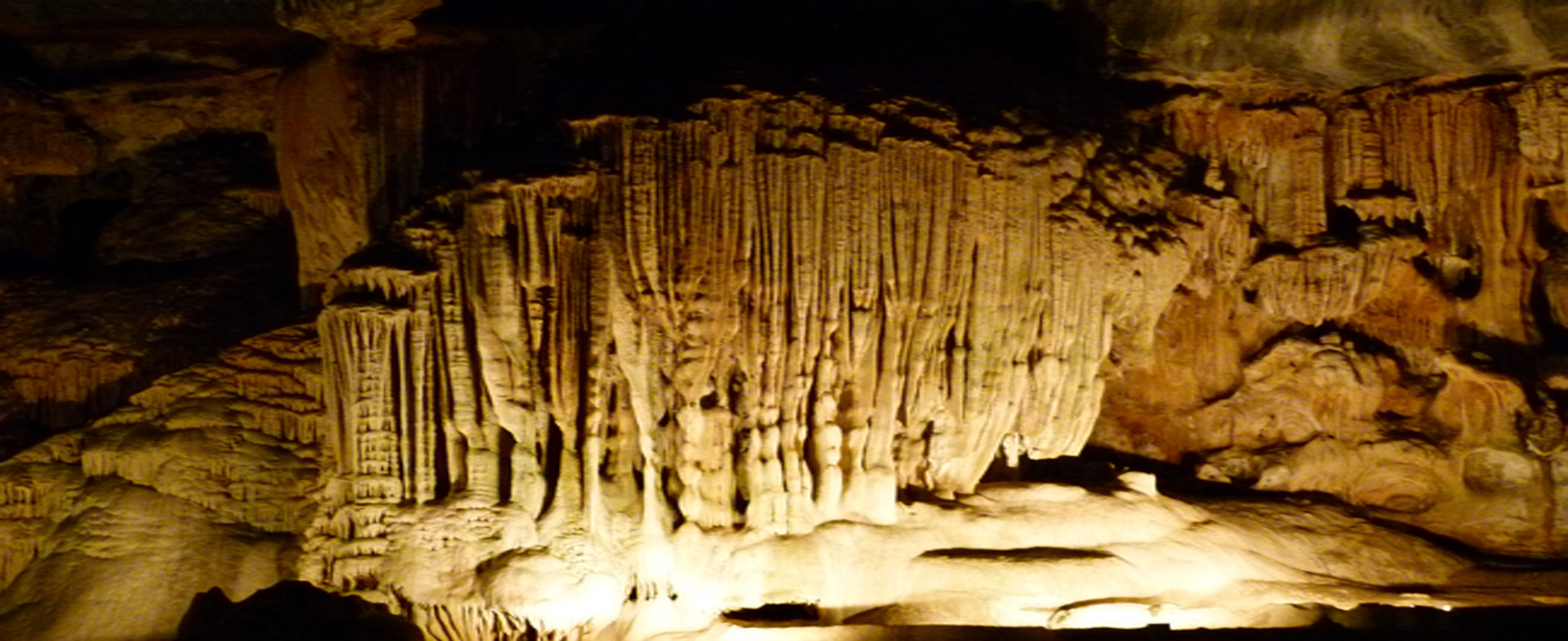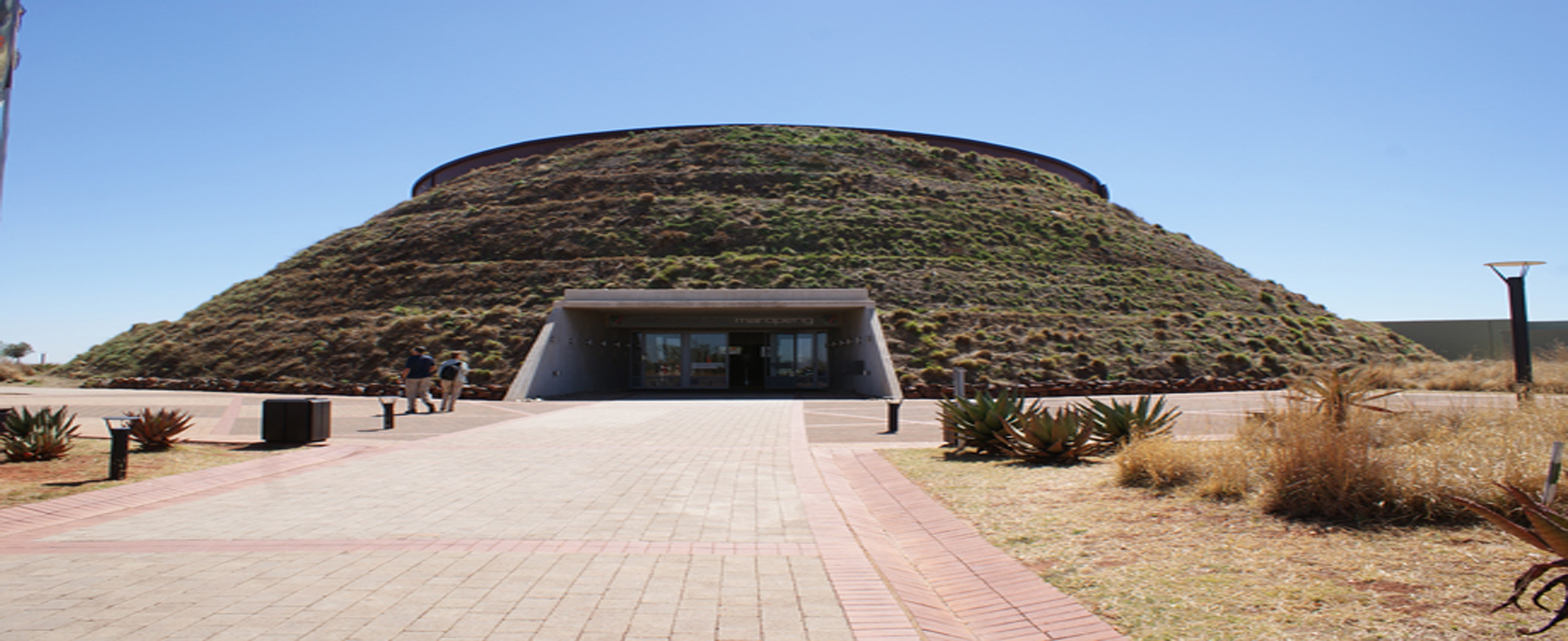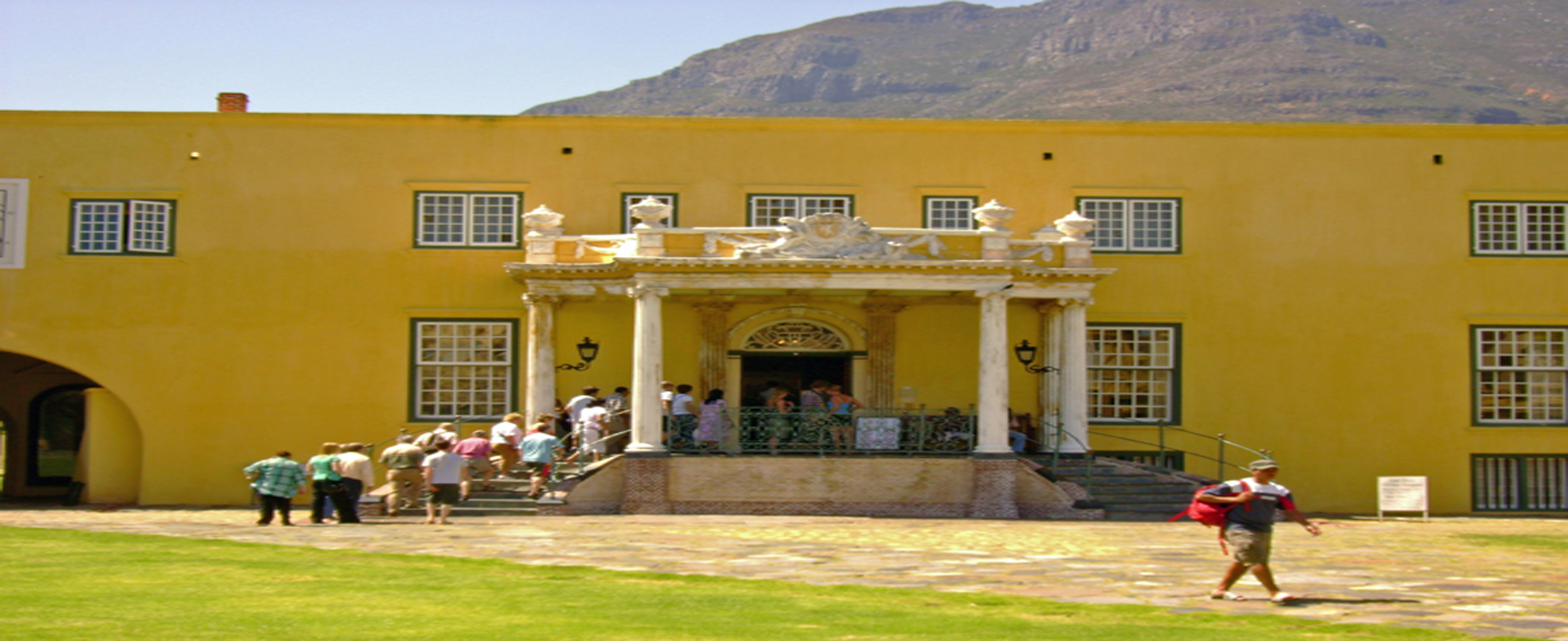First signs of human kind were found in South Africa. So it is believed that we all come from South Africa. Despite having a tragic history, inspiring changes and incredible personalities have emerged from this country.
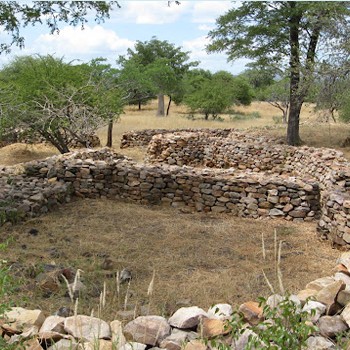
Thulamela Hill
An archaeological research team revealed the first evidence of prehistoric habitation in the far northern part of the Kruger National Park in 1990. Further excavation at Thulamela in the Pafuri area revealed stone ruins which are remains of a Late Iron Age settlement as well as gold beads, charcoal, Ostrich-shell beads, perforated ornamental cowrie shells, clay spindle whorls, ivory and metal rings. Radiocarbon dating indicated the site to have been inhabited from the 15th to mid-17th century.
With the sponsorship by the Gold Fields Foundation, the Thulamela project was officially launched in July 1993 with the intended purpose of restoring the site and turning it into a museum. The reconstructed stonewalled settlement was officially opened as cultural heritage site museum on Heritage Day, 24 September 1996.
Plan My South Africa Vacation Now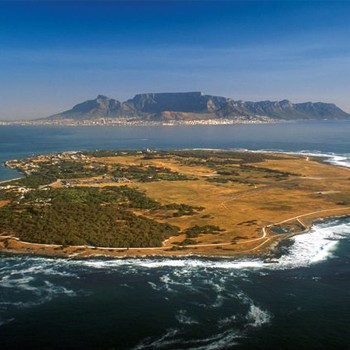
Robben Island
People lived on Robben Island many thousands of years ago, when the sea channel between the Island and the Cape mainland was not covered with water. Since the Dutch settled at the Cape in the mid-1600s, Robben Island has been used primarily as a prison. Indigenous African leaders, Muslim leaders from the East Indies, Dutch and British soldiers and civilians, women, and anti-apartheid activists, including South Africa’s first democratic President, Nelson Rolihlahla Mandela and the founding leader of the Pan Africanist Congress, Robert Mangaliso Sobukwe, were all imprisoned on the Island. It was also used as a training and defence station in World War II (1939-1945) and a hospital for people with leprosy, and the mentally and chronically ill (1846-1931).
Since 1997 it has been a museum and a heritage site. It runs educational programmes for schools, youths and adults, facilitates tourism development & conducts ongoing research related to the Island.
Plan My South Africa Vacation Now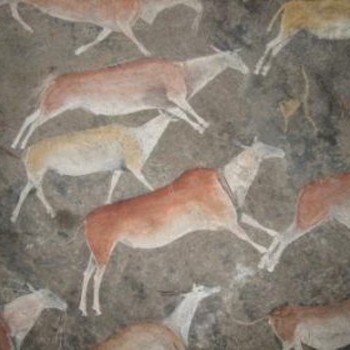
The Eland In San Rock Art Paintings
In 1915 the site in KwaZulu-Natal was one of the best preserved in southern Africa. Africa’s largest antelope and the most powerful evocative of all San symbols.
The eland is the most frequently depicted animal in many regions of southern Africa. They were painted in a great variety of postures, from various perspectives, and embellished them with the finest details. In the Eastern Cape – Drakensberg, San art was much more than communication of knowledge & mere pictures. Many of the paintings were storehouses of the supernatural potency that shamans harnessed for their cosmological power. Moreover, the rock on which the images were placed was like a veil suspended between this world and the spirit world.
Plan My South Africa Vacation Now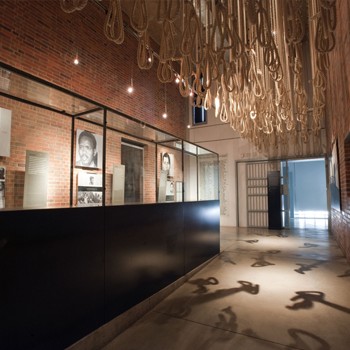
The Apartheid Museum
The Apartheid Museum opened in 2001, the first of its kind, illustrates the rise and fall of apartheid. In 1995 the cost of the construction was paid for by Gold Reef City.
The museum is a superb example of design, space and landscape offering the international community a unique South African experience. The exhibits have been assembled and organized by a multi-disciplinary team of curators, film-makers, historians and designers. They include provocative film footage, photographs, text panels and artifacts illustrating the events and human stories that were a part of the apartheid.
A series of 22 individual exhibition areas takes one through a dramatic emotional journey that tells a story of a state-sanctioned system of racial discrimination towards the locals & their struggle for freedom. For anyone wanting to understand and experience what apartheid South Africa was really like, a visit to the Apartheid Museum is fundamental.
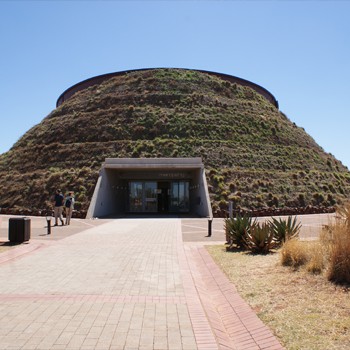
Cradle of Humankind
The Cradle of Humankind Site (formed about 2.3 billion years ago)comprises a strip of a dozen dolomitic limestone caves containing the fossillised remains of ancient forms of animals, plants and most importantly, hominids. At least seven of the twelve sites have yielded hominid remains. In fact, together these cave sites have produced over 850 hominid fossil remains. It is the world’s richest concentrations of fossil hominid bearing sites. The scientific value of this area lies in the fact that these sites provide us with a window into the past, to a time when our earliest ancestors were evolving and changing. Scientists have long accepted that all humans had their origins in Africa.
Through the use of biochemical evidence scientists have argued that the split of the human lineage (Hominidae) from that of the African apes took place around 5-6 million years ago. The study of hominid fossils from sites in Africa enables scientists to understand how these hominids have changed and diversified since then.
Plan My South Africa Vacation Now
